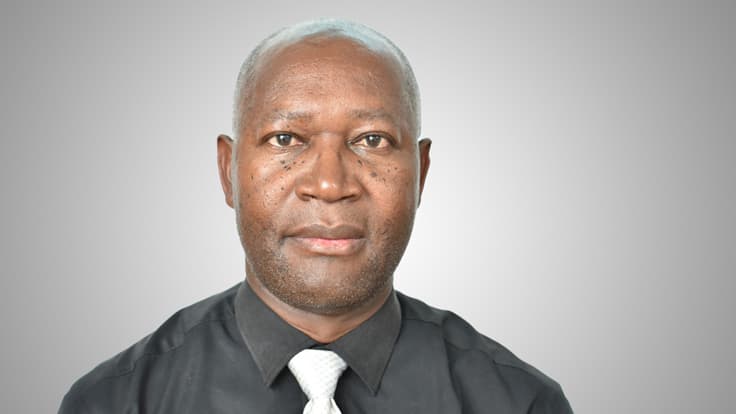WE NEED TO REENGINEER OUR URBAN TYPOLOGIES
Ahead of his speaking appearance at Sustainable Cities in Action Forum 2024, Dr Charles Konyango, National Director of Urban Development, Kenya, shares insights on what global south cities such as Nairobi can do to manage growing climate pressures
Dr Charles Konyango would like to see a renewed focus on indigenous building practices
What are the main challenges faced by cities in MEASA region in the context of our changing climate?
In terms of urban development planning and management, we still have quite low human capital and human resource capacity. There is also the problem of technological capacity – being able to predict with certainty climate stress and climate-related disasters before they happen, then dealing with disasters after they strike. The technology is still rudimentary. The infrastructure developed for handling climate-related stresses is also quite rudimentary, meaning we are not in a position to mobilise expeditiously.
What needs to happen to move the dial on urban climate resilience in the region?
Institutionalising climate change issues has not been done in the global south. It’s important that there are specific mandatory provisions at each national government level. It needs to be institutionalised across all sectors, cutting across the economic, physical and social aspects of the nation as well as all sectors of government plus NGOs.
We also need knowledge management and brokering centres at institutional level. For example, an association of local governments of Africa, which can bring all parties from cities and municipalities on board to coordinate on climate matters.
Heat is a major issue for cities in the MEASA region. What specific challenges are they facing and what mitigation and adaptation measures can they take?
When you travel through cities in the global south – Nairobi is one example – what strikes you is that there are many planning typologies and architectural designs borrowed from the global north which are not adaptable to the global south. For example, there are a lot of glass buildings that draw in heat but do not reflect it. These types of designs are more adaptable to cities that experience winters. It's the same with street designs. They are laid out in a grid network that absorb but don’t release heat. We need to reengineer our urban typologies. It’s important that we get back to indigenous planning typologies that are adapted to the region.
Are there any good examples of cities that have taken this approach?
Expo City Dubai, for example, has taken what is in Europe, brought it to the UAE and adapted it into a desert city phenomenon. That kind of approach is what global south cities need. It is especially applicable for upcoming cities – cities that are yet to be developed and where the problem has not yet taken root. Those secondary cities can do reengineering using the Expo City Dubai model. By looking at development typologies that are indigenous, they can be adaptable and sustainable. That is the greatest lesson Expo City Dubai has to offer the global south’s upcoming cities, especially the secondary cities. But the opportunity isn’t only confined to secondary cities. Primate cities can also do retrofitting, especially where we are undertaking urban renewal and regeneration.
SUSTAINABLE CITIES IN ACTION FORUM 2024
From 5 - 6 March 2024, more than 400 urban leaders and experts gathered at The Nexus, Expo City Dubai, for the inaugural Sustainable Cities in Action Forum. During a packed programme of dynamic panel discussions and cutting-edge workshops, delegates from all walks of life explored actionable solutions for catalysing urban development across the Middle East, Africa and South Asia.
We'd love to connect with you
For general enquiries, please fill out the contact form or send an email to impact@expodubaigroup.ae




